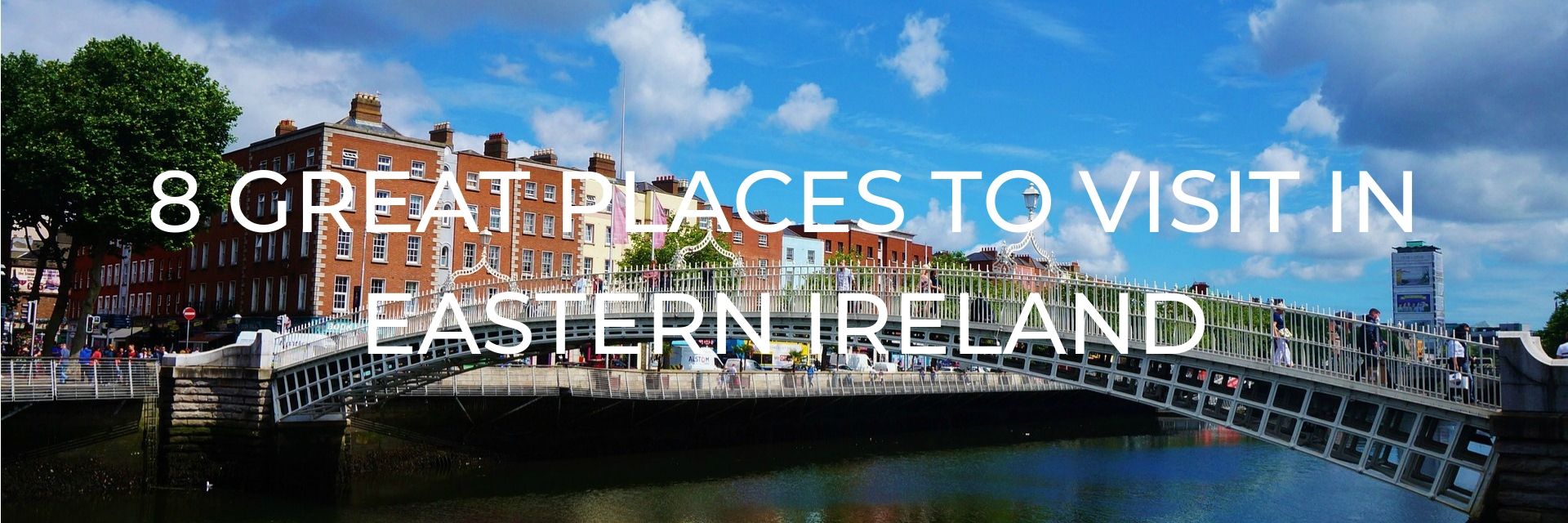
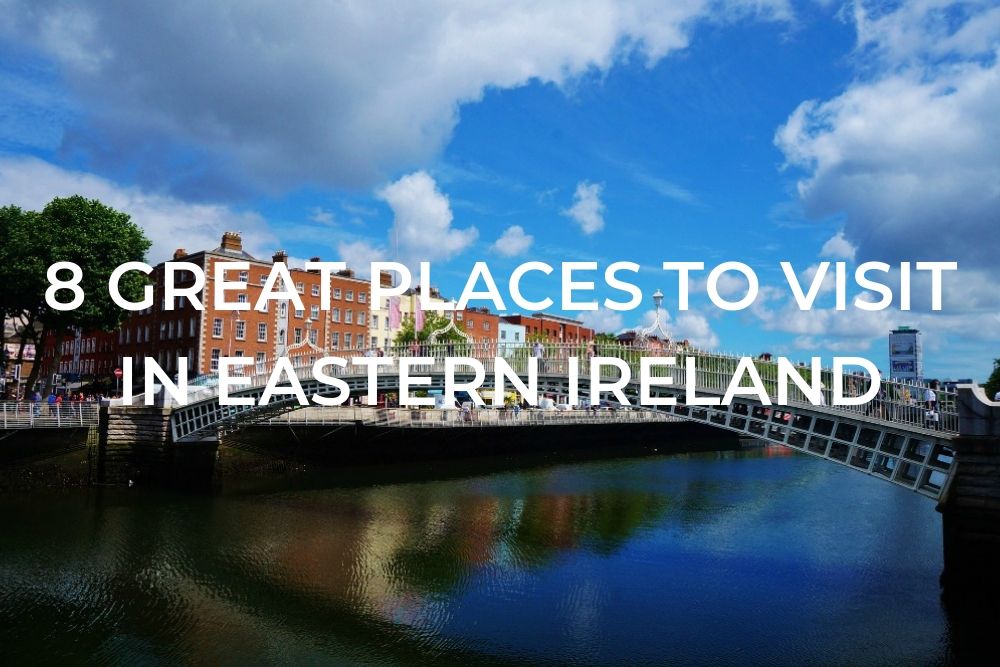
Neolithic sites, monastic settlements, abbeys, churches, castles, and several of Ireland’s grandest houses and gardens – a visit to Eastern Ireland offers all of this and much more.
Walkers will love the heather moors and wooded glens, beach lovers will find a sunny climate for their seaside holidays, and history buffs will soak up the very rich layers of history from prehistoric to recent times.
Want to save this for later? Click the Pinterest button on the left for a pinnable image!
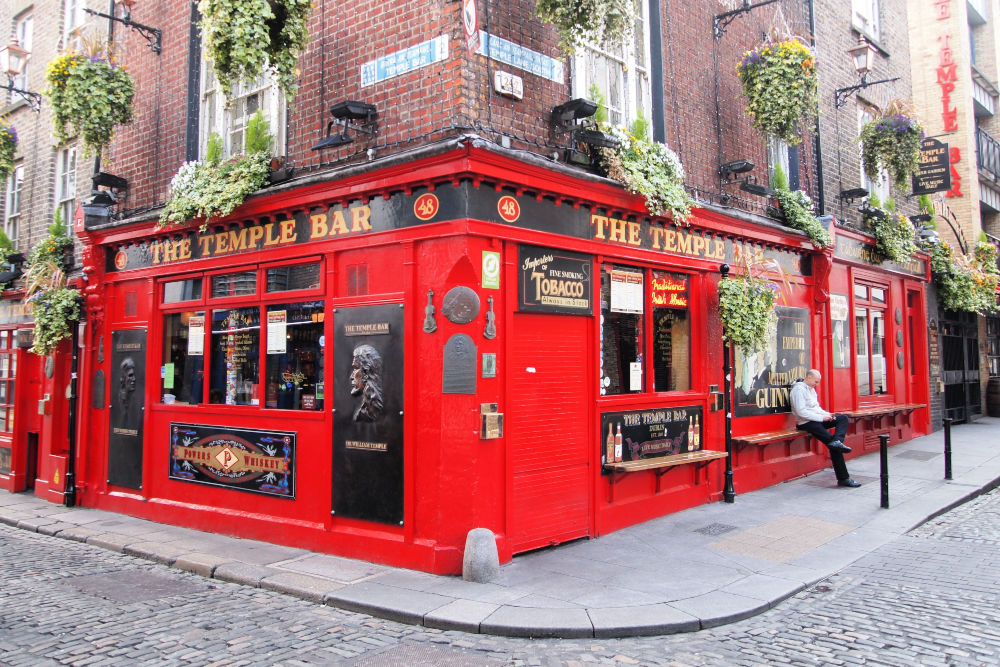
Whether you’re visiting for a weekend, a week … or longer, here are eight great places to visit in Eastern Ireland to experience the best the region has to offer as recommended by fellow travel bloggers and us.
CORK
Cork is a city in the south-west of Ireland and lies on the River Lee, which splits the city in half, much like the Liffey in Dublin. It is the second-largest city in the Republic of Ireland behind the capital.
Cork was originally a monastic city, founded in the 6th-century by Saint Finbarr and was expanded by Viking invaders in the 10th-century. By the 13th-century, Cork was a fully walled city and a thriving medieval town, remnants of which can be seen around the south and north main streets in the city today. During the Middle Ages, Cork was an outpost of the Old English, cut off from the English government in The Pale area of Dublin by rolling countryside full of hostile Gaelic and Hiberno-Norman lords. By the 19th-century, Cork became a nationalist stronghold and was burned down during the War of Independence by the British Black and Tans.
Today, it is a bustling city with festivals, sports, arts, music and more, and it has a strong student community. It has great shops, direct links to other cities including Dublin, has a busy regional airport and is home to well-known companies within pharmaceuticals, manufacturing and technology.
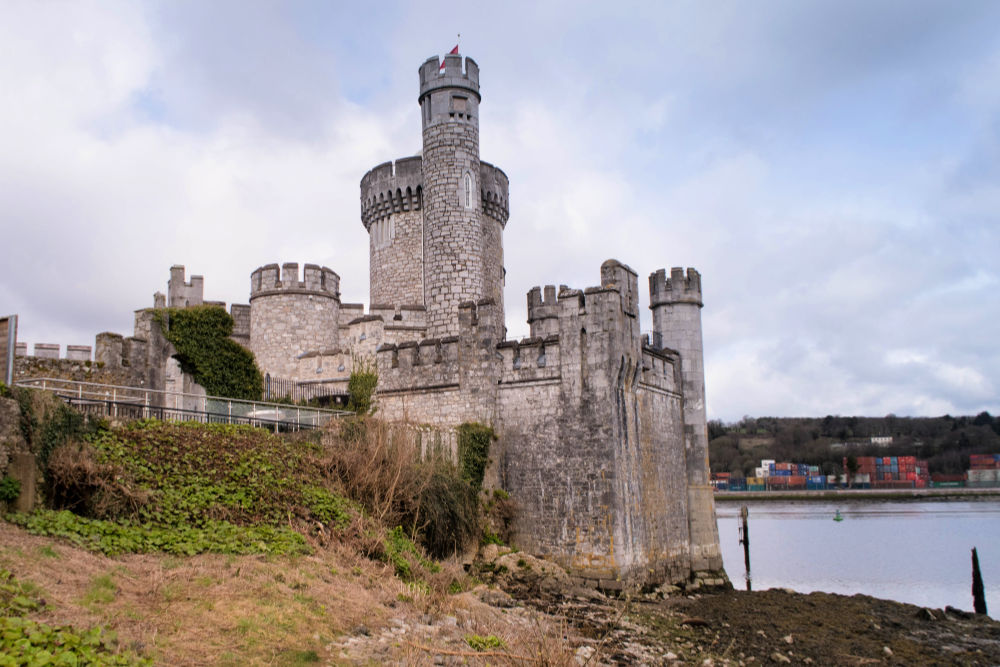
MUST DO IN CORK:
- Blarney Castle: A medieval castle located not far from Cork City, this castle is one of Ireland’s most popular tourist attraction. Many people flock to kiss the famous Blarney Stone. Doing so is said to bestow you with the gift of the gab. It also happens to be one of the best castles in Ireland for kids thanks to the beautiful gardens and grounds.
- Blackrock Castle Observatory: A castle from the outside and once a defensive outpost for Cork Harbour further up the River Lee, it is now a museum and observatory. You can learn about the cosmos, take a tour of the castle and enjoy views across the river from the tower.
- Fota Wildlife Park: A brilliant attraction in Cork for families, this wildlife park is a great place to wander, enjoy seeing different animals and learning about the conservation programs they are involved with.
Recommended by Cath of Passports and Adventures
Read Reviews for these Sights: Blarney Castle | Blackrock Castle Observatory | Fota Wildlife Park
DUBLIN
Dublin is often classed as the gateway to Ireland and it’s where most travellers will start their Irish holiday. The city is the largest in the country and it’s home to some of the best landmarks in Ireland.
Dublin is a cosmopolitan, vibrant city that’s full of charm, friendly people and of course, it is the home of the nation’s favourite drink, Guinness.
If you take the time to explore this medieval city, you’ll come across historical sites, fantastic architecture, stunning street art and several picturesque gardens.
There’s some superb restaurants, top-class hotels and plenty of fun things to do while visiting.
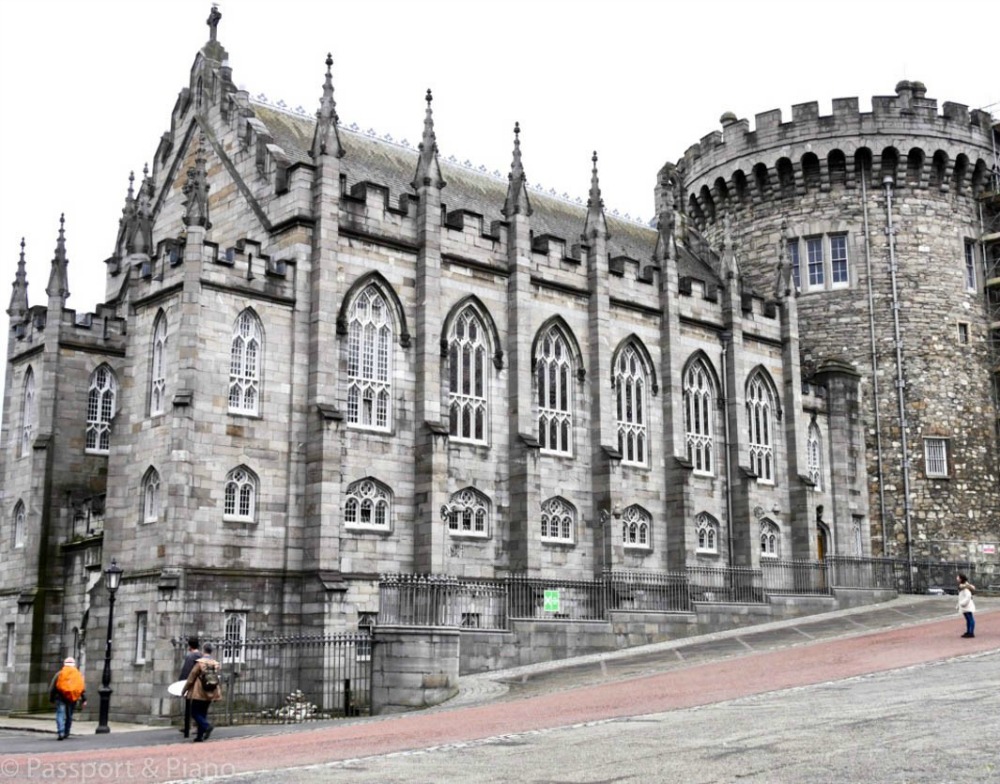
MUST DO IN DUBLIN:
- Trinity College: This is the country’s most prestigious university established by Queen Elizabeth I in 1592. It’s home to one of the country’s most visited attractions, the Book of Kells. This famous book is one of Europes finest treasures and it’s believed to date back to 800 AD. The library is a stunning site with floor to ceiling bookshelves and magnificent statues.
- Dublin Castle: Dublin Castle was built in the 13th Century and was once the stronghold of British Power. It’s now one of the significant Irish government buildings and it’s still used to this day. You can take a guided tour of the state apartments where you’ll find decadent furnishings, elaborate chandeliers and magnificent ceilings.
- Guinness Storehouse: Any trip to Dublin would not be complete without a pint of Guinness, and there’s no better place to enjoy one than the Gravity Bar. The Guinness Storehouse museum has a wealth of information on how this ale became an intrinsic part of Ireland’s identity. The museum is located in the old fermentation house, and aside from enjoying a drink, the unique architectural design is worth a visit alone. The seven storeys take the shape of a pint of Guinness, and from the Gravity Bar at the top the panoramic views of the city are magnificent.
Recommended by Fiona from Passport and Piano
Read Reviews for these Sights: Trinity College | Dublin Castle | Guinness Storehouse
KILKENNY
Kilkenny, also known as Marble City, is the medieval capital of Ireland. As to be expected with this title, there is a castle in Kilkenny and also a Medieval Mile trapped full of fables and mystery.
Kilkenny Castle was built in 1195, has survived eight centuries and a variety of different owners. It ended up in the city’s hands when the public bought it for £50. Today the castle is an art gallery, conference space and the host of the National University of Ireland, Maynooth graduation celebrations. Kilkenny Castle is open to the public however drones are not allowed on the premises.
Visitors can enjoy the many annual festivals including Savour Kilkenny (food/drink), Kilkenomics and Subtitles European Film Festival. There are 70 pubs in Kilkenny so even if there isn’t a festival going on when you visit, there’s definitely a pub to enjoy a dram in.
Kilkenny is officially part of Ireland’s Ancient East road trip.
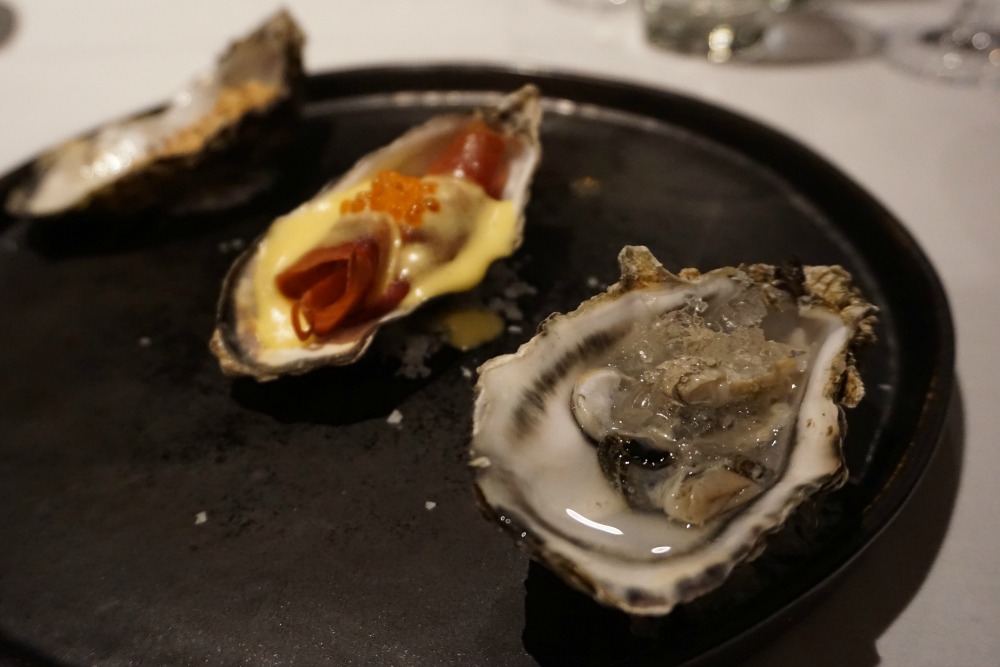
MUST DO IN KILKENNY:
- Smithwick’s Brewery: A 4D interactive tour of Ireland’s oldest brewery. The ale is no longer made on the premises (now made in Dublin) but you can sample some in the tasting room.
- The Medieval Mile: Take a walking tour to find out about the Kilkenny Cats.
- Lyrath Estate Hotel and Spa: At this 17th-century experiential hotel you can enjoy dinner in one of four restaurants, explore the 170 acres of land and meet the hotel pets!
Recommended by Gemma of Two Scots Abroad
Read Reviews for these Sights: Smithwick’s Brewery | Lyrath Estate Hotel and Spa
KILDARE
Kildare is one of the commuter towns for Dublin. It is located only 50km from Dublin, so it could be great for a one-day trip. The town is very small with 8 thousand people. Kildare has a relatively rich history, first notice about the town dates all the way till the 5th-century. By then there was supposed to be the first cathedral founded by Saint Brigid.
Kildare also has a spot in motorsport history. In 1903 it started to be part of Gordon Bennett cup which was the first international race in the UK.
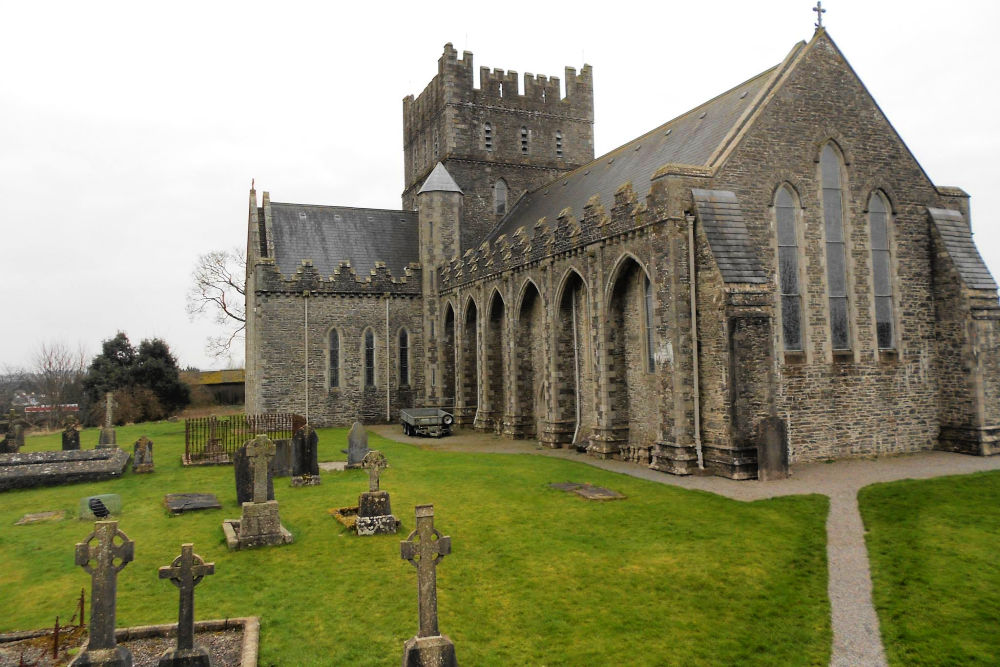
MUST DO IN KILDARE:
- Irish National Stud and Gardens: For now Kildare is perhaps most known for having a national stud. It is a really huge place to explore and certainly great for kids because there are a lot of horses and sometimes foals. On the other hand, every animal lover will get to know more about the history of horse racing and horse domestication.
- Kildare cathedral: Kildare cathedral is dedicated to St. Brigid as she founded the place. This very old cathedral dates back to the 5th-century and has a great interior. It is certainly interesting to see this really old building. The gardens around will get every visitor in the historic atmosphere of an old Gaelic town.
- Kildare open farms: Even though Kildare is very historic, there is a lot of agriculture around as you approach the town and you will see a lot of cows and other animals. If you are interested in local farming, there are local farms, that are generally open every weekday for visitors and not just with regular animals like cows, you can also see ostriches and llamas.
Recommended by Albi of Ginger Around The Globe
Read Reviews for these Sights: Irish National Stud and Gardens | Kildare Cathedral
COBH
A stone’s throw from Cork is the seaport town of Cobh. A quintessential Irish village, Cobh’s location along the southeast coast of Ireland has placed it at the crossroads of some of the most famous events in history.
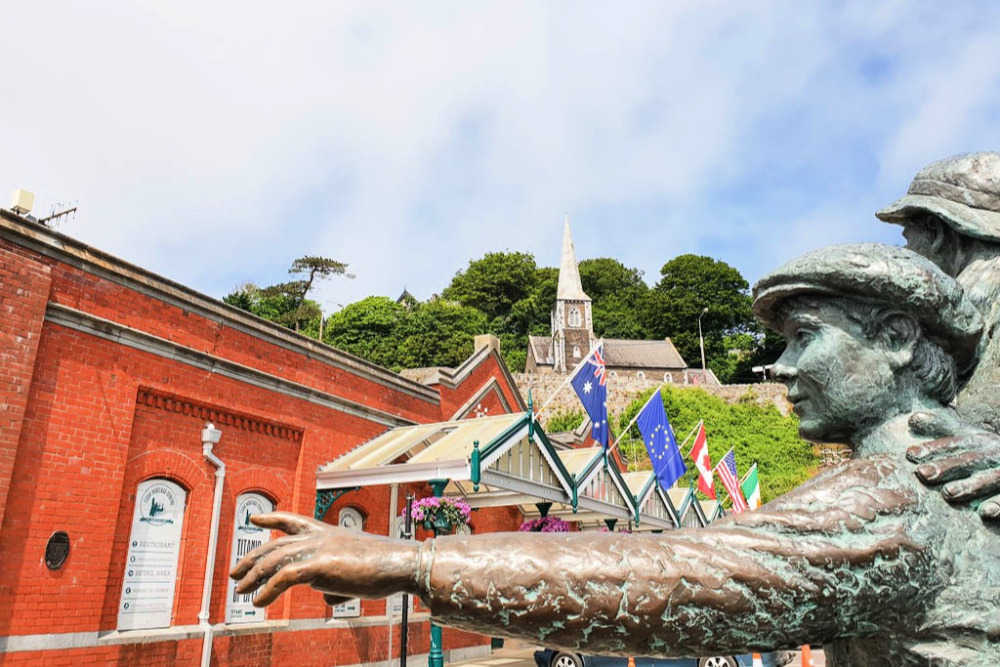
MUST DO IN COBH:
- Explore Cobh Heritage Museum: For those travellers with Irish ancestry, the Cobh Heritage Museum is a must visit in Ireland. The museum details the mass emigration of the Irish during the 18th and 19th centuries to the United States, Canada, and Australia. With permanent exhibits detailing the Irish Great Famine and the resulting mass emigration, visitors will learn about Cobh’s role in this pivotal event in Irish history. Visitors can also learn about Cobh’s role in the sinking of the RMS Lusitania and subsequent rescue of its survivors. The Cobh Heritage Museum also maintains a searchable database of Irish emigrants.
- Visit the Titanic Experience: Located in the former White Star Line ticket office, the Titanic Experience in Cobh tells the story of the ill-fated RMS Titanic. Over 100 passengers boarded the RMS Titanic in the ship’s last port of call, Cobh. Inside the museum, visitors to the Titanic Experience will take a virtual ride on a tender boat out to Titanic. Through a series of interactive exhibits, the Titanic Experience allows visitors to experience life on board and the sinking and rescue by the RMS Carpathia. The final experience at the Titanic Experience is to learn the fate of the 123 passengers to board at Cobh.
- Ferry Ride over to Spike Island: In the heart of Cork Harbor, Spike Island has been an important part of Cobh’s history for centuries. Originally a monastic settlement from the 7th-century, Spike Island has been used as a military fort to protect the entrance to Cork as well as a prison during the Irish War for Independence. With stunning 360 degree views of the Cork Harbor, visitors can take a short ferry ride to Spike Island from Cobh. Once on the island, they are free to explore the island as well as Fort Mitchell and its dark past.
Recommended by Amber of Food And Drink Destinations
Read Reviews for these Sights: Cobh Heritage Museum | Titanic Experience | Spike Island
BRAY
Bray is a pretty coastal town in County Wicklow, an easy one hour drive from Dublin city centre, and just 45 minutes using the DART system. The town is flanked by the Wicklow Mountains including the iconic Sugar Loaf and Little Sugar Loaf peaks. Bray is known for its long pebbly beach with its charming promenade which includes a traditional bandstand, a playground and workout area. The promenade is lined with a family-friendly grass area which in turn is lined with an array of excellent pubs, cafes and restaurants. At one end of the promenade is the town’s small harbour where you will find the Harbour Bar, voted the Worlds Best Bar by the Lonely Planet in 2010!
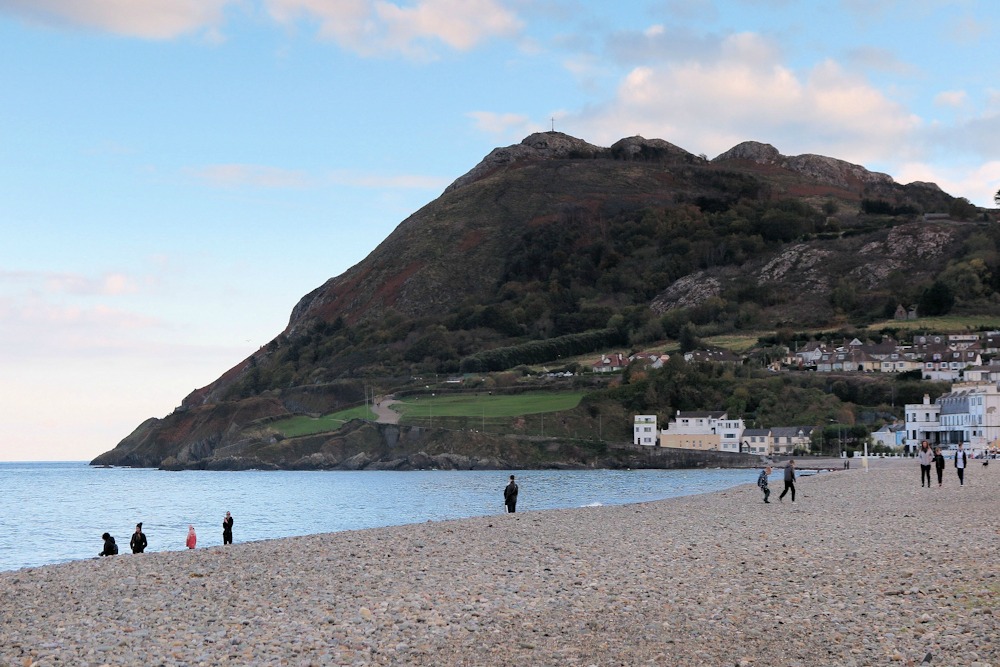
MUST DO IN BRAY:
- Bray Head: Bray Head and its clifftop stone cross dominate the town. From the promenade, it is a scenic, one hour walk to the top of 218 metres high Bray Head. The 360-degree views from the top are stunning on a clear sunny day.
- Bray to Greystones Cliff Walk: A hike to Bray Head can be extended into a 7-kilometre cliff walk to the neighbouring coastal town of Greystones. The flat, easy walk hugs the coastline and offers great views of the Irish sea and the Wicklow Mountains.
- Killruddery House and Gardens: This 17th-century stately home is known for its beautiful, landscaped gardens laid out in their original 18th-century format. Guided tours are available of both the historic house and the grounds.
Recommended by Sinead of Map Made Memories
Read Reviews for these Sights: Bray Head | Bray Head Cliff Walk | Killruddery House and Gardens
WATERFORD
Founded by the Vikings in 914, Waterford is a coastal town and port that today is most famous for being the home of the world-renowned Waterford Crystal.
Ireland’s oldest city has played an important role in Irish history and its stature meant it has significant defensive structures to protect it. Significant parts of these structures can be seen in the many towers which still stand through the town.
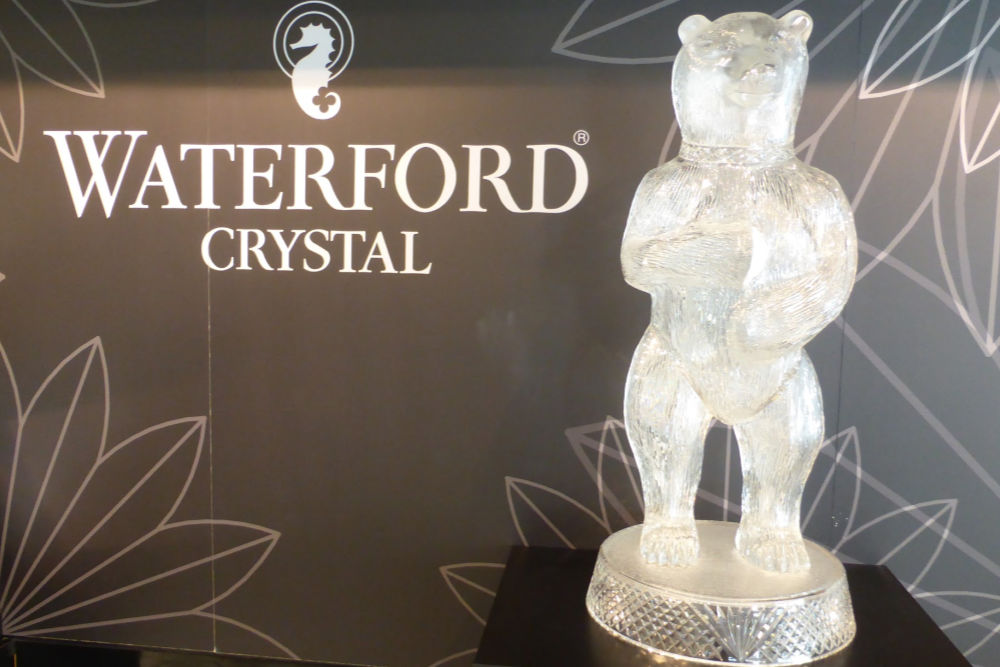
MUST DO IN WATERFORD:
- House of Waterford Crystal: A visit to the home of Waterford Crystal allows visitors to tour the production floor where you will witness the making of their famous crystal. The tour encompasses the production process from the molten raw material right through to the finished product and you are right up close with much of the process, not behind a glass screen looking on from a distance.
- Reginald’s Tower: In continuous use for over 800 years, Reginald’s Tower now holds a museum showcasing the treasures of Viking Waterford. Once forming a point of the area still known today as the Viking Triangle, Reginald’s Tower was part of the defensive walls of Waterford until the end of the 17th-century.
- Ride the Waterford Greenway: A former railway line, the Greenway is now a 46km long cycling and walking trail. Stretching from Waterford to Dungarvan, the trail passes through stunning scenery and being a former railway line, you know the inclines will not be too severe!
Read Reviews for these Sights: House of Waterford Crystal | Reginald’s Tower | Waterford Greenway
TRIM
Trim is a small town with a long history, just under ten thousand people live in the town which has existed for over 1,500 years.
Its important location on the River Boyne, which was navigable to the sea until mediaeval times, led to the establishment of a large castle as well as several churches. One of the most famous was St. Mary’s which contained a wooden statue that was said to perform miracles. Sadly the statue was destroyed during the Reformation when Henry VIII dissolved the Abbey.
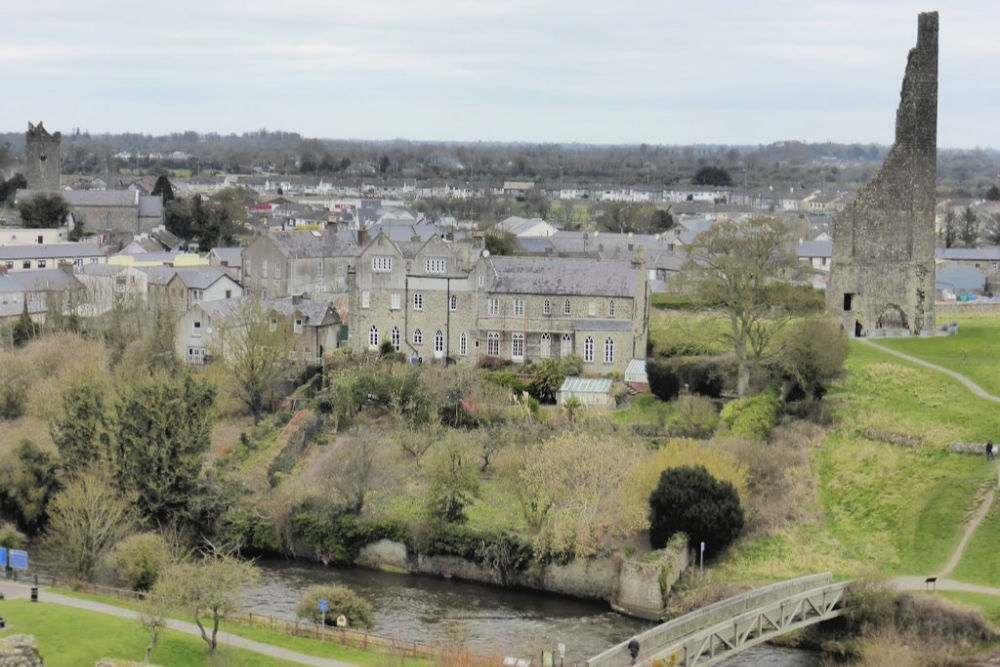
MUST DO IN TRIM:
- Trim Castle: The largest Norman castle in Ireland, Trim Castle dates from the early 13th-century. The castle has a varied and long history, including serving as the meeting place for the Irish parliament and a mint before it fell into decline in the 16th-century. Today you can tour the castle via walkways cleverly incorporated into the structure which allow you to explore the castle in more depth than would otherwise be possible given its condition. Fans of the movie Braveheart may recognise the castle from the movie.
- Ireland’s Oldest Bridge: This one comes with a couple of caveats, but at nearly 700 years old, the four-arched mediaeval bridge in Trim can be argued as the oldest still in everyday use in Ireland. Built after the previous bridge was destroyed by floods in 1330, the bridge today is barely changed from when it was built.
- Priory of St. John The Baptist: About a mile to the west of Trim lie the ruins of a priory founded by the Bishop of Meath, Simon Rochfort. First recorded in 1281, the priory survived for several centuries and consisted of multiple buildings including a church, storehouse, brewhouse and granaries. Today the site is in ruins, but you can still see one of the main buildings as well as the layout of the church clearly.
Read Reviews for these Sights: Trim Castle | Ireland’s Oldest Bridge | Priory of St John The Baptist
Want to save this for later? Click the Pinterest button on the left for a pinnable image!
RESOURCES | PLAN YOUR TRIP TO IRELAND
To book flights, rental cars, accommodations, and activities for your trip, please check out our recommended travel providers, favourite apps and websites.
- Ireland’s Best-Loved Driving Tours: Includes 25 driving itineraries all over Ireland including “Witches, Castles, and Horses” that begins in Kilkenny.
- Rick Steves’ ‘South Ireland: Waterford to the Ring of Kerry‘ episode of
TV show (whole episode) - Rick Steves Audio Europe App: With this
app you can listen to many excerpts from his radio shows and books. He has several that mention Ireland.
These are a few tours we would recommend for your trip to Eastern Ireland.
Some of the links in the post above are affiliate links. This means if you click on the link and purchase the item, we will receive an affiliate commission but this does not affect the price to you. Please read our full disclosure policy here.





